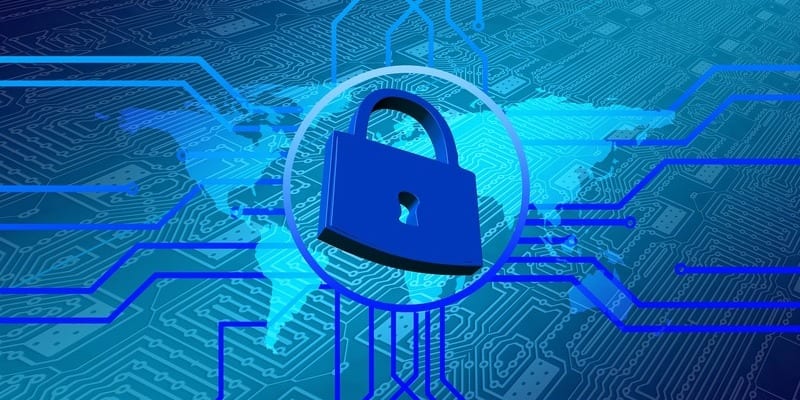Prepare Your Business for Coronavirus With a Solid Enterprise Mobility Policy

With constant news and updates being shoved down our throats, it’s impossible to ignore the impact that the recent coronavirus outbreak — more appropriately known as COVID-19 — is having on the world. As the infection spreads and more countries begin to feel the effect of the virus, everyone must ask the question: how is this going to change my life? Businesses need to address this question as well, as the coronavirus outbreak poses a serious risk to corporate operations around the world. Because of this, companies must prepare themselves for coronavirus by setting up contingency solutions, including enterprise mobility solutions.
Mobile devices and solutions enable businesses to continue working even when employees are encouraged (or forced) to work outside of the office. Remote work not only helps businesses assuage health concerns during the coronavirus situation, but also allows for employees to stay connected with each other and perform expected business tasks. In order to properly facilitate this shift, however, your company needs a solid enterprise mobility policy in place; this ensures that every employee is on the same page and has the necessary technologies to work out of the office for extended periods of time. Below, we’ve listed the practices your business must adopt to develop a solid enterprise mobility policy that will keep your business afloat during the coronavirus outbreak.
Embrace a virtual workforce wherever possible
In a situation like coronavirus, the best (and safest) course of action is to create an entirely virtual workforce. That means understanding what work can be done remotely and how to achieve that. Depending on the company, the amount of work that can successfully be done remotely will vary. It may not be possible for every single task to be accomplished outside of the office, so you need to determine what essential tasks need staff on-hand at your company’s location. However, if something can be done virtually and remotely, than it should be done that way. Limiting physical contact between employees during a virus outbreak is critical in keeping your employees healthy.
Establish a line of communication
Real-time communication is critical to business operations — but difficult to achieve in a remote work setting without the right tools. How do you hold meetings with your team when you can’t be in the same room? For many businesses, having an instant messaging (IM) platform is sufficient, as it allows employees to chat with each other on essential business matters as they come up. Most IM platforms have both desktop and mobile applications, so management doesn’t have to worry about users not having access to a compatible device. This also allows employees to give updates on their condition in case they become at risk for the coronavirus.
However, your company might need something that goes beyond simple text messages. Unified communications (UC) solutions provide more intricate communications capabilities, including voice and video messaging, desktop sharing, and conferencing. Some tools also feature collaboration tools like document sharing and editing, letting users work on critical enterprise resources and accomplish business tasks together — even when they’re stuck at home.
Secure your corporate mobile devices
Keeping your employees safe is critical, but so is securing your corporate mobile devices when employees take them out of the office. Enterprise mobility management (EMM) and unified endpoint management (UEM) tools provide administrators with the capability to secure and control devices and ensure only the proper users have access to corporate resources.
Access control is one of the most crucial aspects of enterprise mobility; if a mobile device is lost or stolen, your business needs to protect itself against harmful users. While traditional access control factors like location and connected network won’t be useful in a remote work situation, installing EMM or UEM agents onto a device allow your enterprise mobility tools to verify user devices when they try to access company data. In addition, your company needs to introduce authentication methods to its resources if it hasn’t already. Simple authentication measures like passwords or biometrics will help keep out harmful actors while allowing employees to still work with enterprise resources.
Some businesses operate a bring your own device (BYOD) program, which needs to be taken into account for your enterprise mobility policy if you enable remote work thanks to the coronavirus. Your enterprise will need to properly vet employee devices before allowing them to be used for official work. In emergency situations, employees may have to take corporate-owned devices home with them; in this instance, ensure you have endpoint security or mobility solutions installed to protect roaming devices.
Looking for more info on the benefits of mobility management for your company’s mobile devices? You should check out our free 2020 Mobility Management Buyer’s Guide. We profile the top vendors in the mobility management field, their key capabilities, and our Bottom Line for each.
Check us out on Twitter for the latest in Enterprise Mobility news and developments!




















